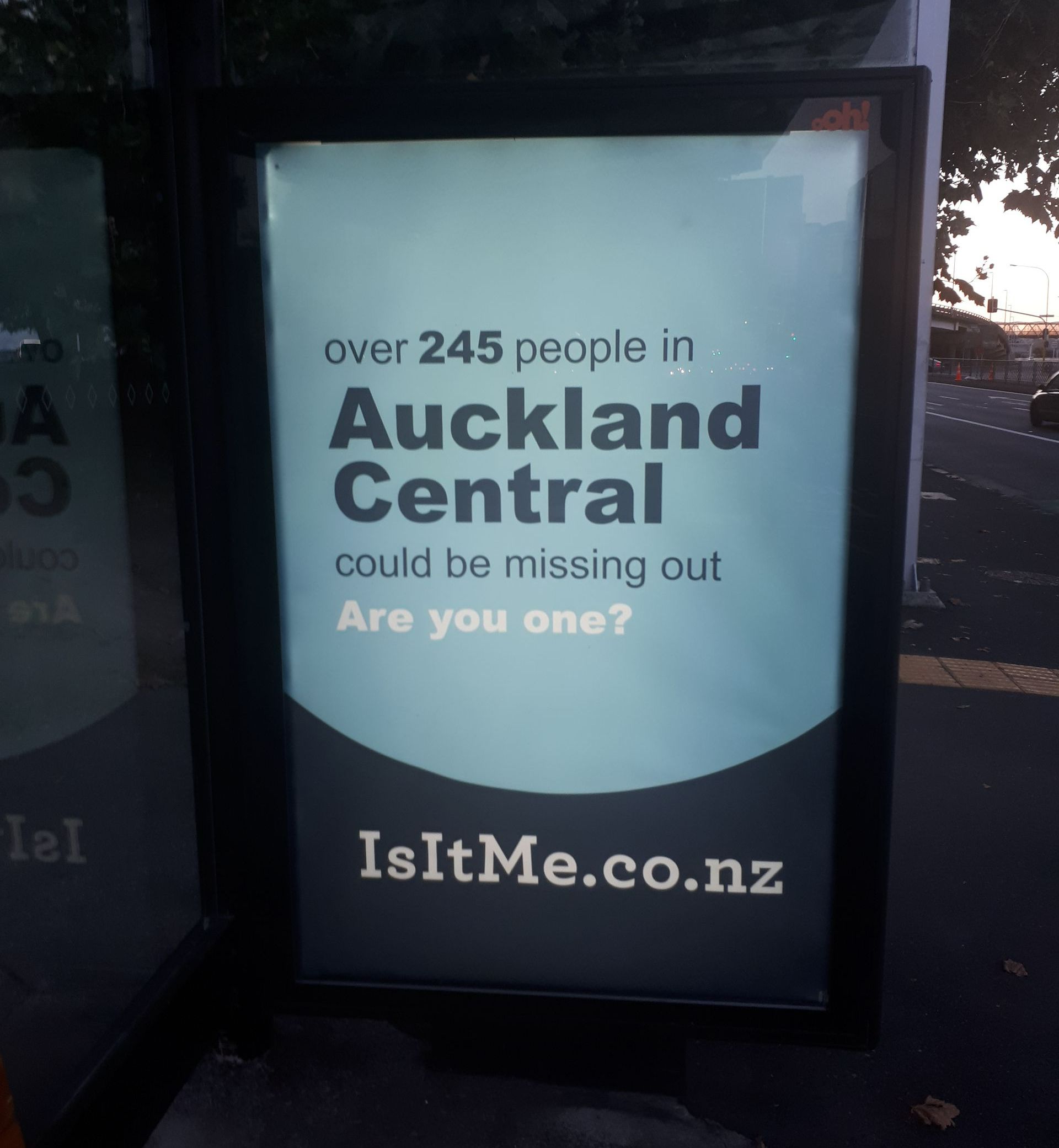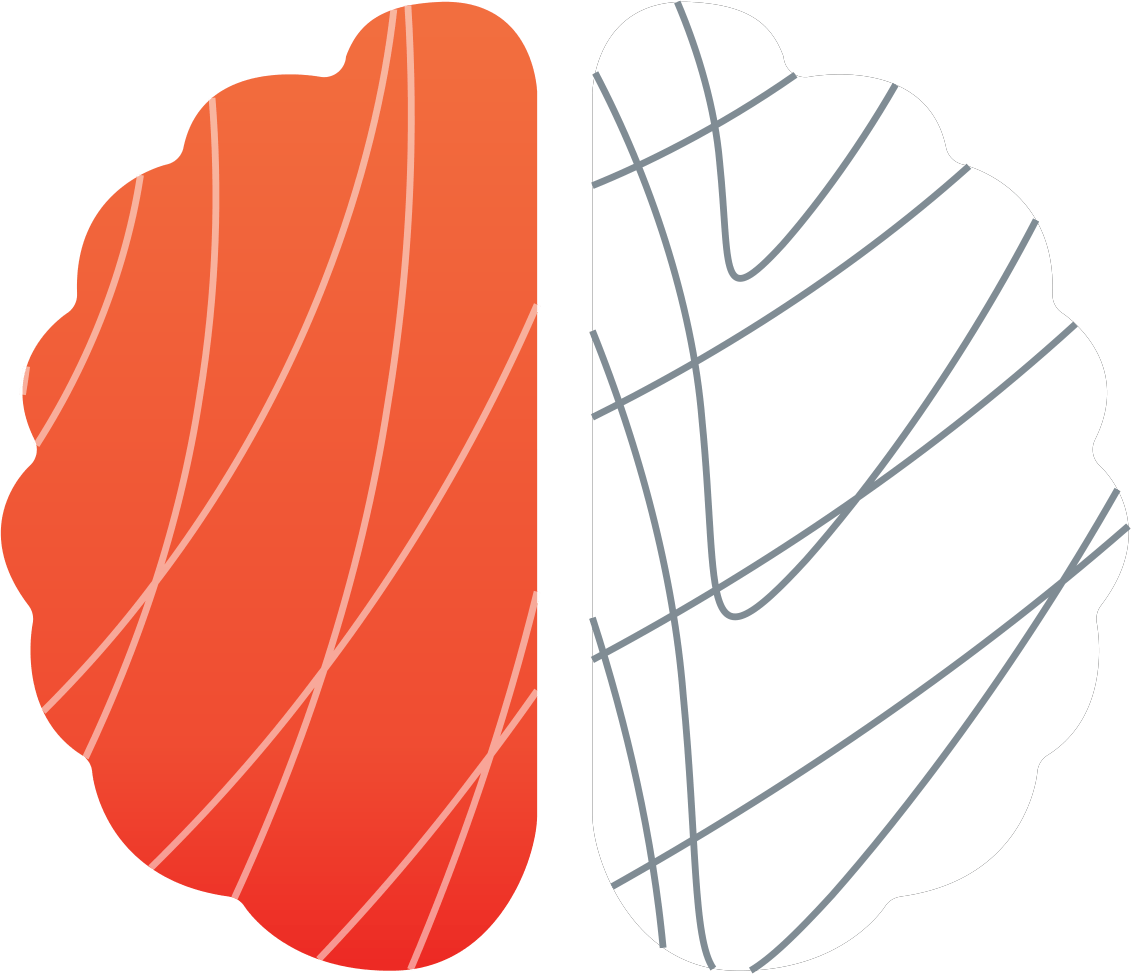Vodafone Warriors: Measuring the home-team sponsorship advantage
Brand sponsorships can be risky business. You're taking a gamble on what is essentially an intangible relationship - will there be a return on your investment, and how do you even begin to measure it?
The Challenge
How do you show value in sponsorships for brands?
This was the question the Vodafone Warriors posed of NeuroSpot in mid-2019. In particular, they wanted to understand what it was like to be a game-day supporter at the home ground - Mt Smart Stadium, and what impact a home game could have for their sponsors.
The Vodafone Warriors are one of New Zealand's most exciting professional sporting teams and are backed by a loyal fan base that spans the country. They've also attracted an extensive list of long-term sponsorship deals with well-known brands such as Vodafone, Canterbury of New Zealand, Mazda, and Asahi Beverages (Woodstock). These organisations understand the game, the team and the history, they want to be part of the trials and tribulations; they're not fair-weather sponsors, having stuck by the team throughout many a challenging season. What benefit do these brands get from their association with the team, and how can the Vodafone Warriors give these brands a home team advantage?
The team partnered with NeuroSpot to bring a scientific lens to the field, using the 2019 Round 24 match against the South Sydney Rabbitohs to understand how fan emotion translated to brand value.
The Solution
A scientific research approach to emotion
When undertaking consumer research, one of the benefits of talking direct to customers is that you get their verbatim thoughts - they tell you what’s consciously entered their minds. The downside is that they tell you exactly what they think they feel, as so much of our mental processing is subconscious. As humans, we are remarkably poor at being able to accurately describe what is going on inside our own heads.
A scientific approach, like the one taken by NeuroSpot, measures the body's physiological response, instead of relying on consumers identification and recall of emotion. To answer this question for the Vodafone Warriors, NeuroSpot used biometric technology that measured changes in galvanic skin response - essentially, sweat - throughout the game. When your body encounters an emotional response (for instance, the elation of a try, anger of a ref's wrong call, or the disappointment of the other team scoring), your skin responds with subtle changes - so small you might not even notice them yourself.
Kicking off the study
20 fans were recruited and set up with two small sensors on their fingers and watched the game from a media box. The sensors were set up pre-game to enable baseline measures to be recorded, and then throughout the game NeuroSpot monitored and measured second-by-second fluctuations in fan emotion - and identified what caused it.
The Results
If you know a Vodafone Warriors fan, you'll know they're a passionate bunch - and watching their team live at the home stadium only heightens the excitement. This came through in the study, with an overall uplift of 38% in heightened emotion vs the baseline.
Vodafone Warriors player Ken Maumalo scored the second try for the team in this game, in what was the most exciting moment of the match - we observed a 44% uplift in heightened emotion when this occurred in the 37th minute. Only two minutes earlier the first try was scored by Adam Pompey, observing a 20% uplift. Onya, Ken.
The other team scoring? That's exciting.
You'd be hard pressed to find a true Vodafone Warriors fan who would tell you the other team scoring is exciting. But that's just what our study showed; with a 25% jump off the back of a breakaway try to Dane Gagai. Just goes to show, the excitement of a live sporting event doesn't just come from your team scoring - people respond to the excitement of both teams competing and the atmosphere at the event.
But do fans really care about the sponsors?
Let's get back to the crux of the question from our client. Are our fans taking the excitement and emotion of a live sporting match, and transferring that into positive brand associations for the sponsors?
As part of the study, fans were shown a series of sponsor adverts before the game started, and during the half-time break. Would the excitement of the game cause them to respond differently to the adverts?
In short: Yes. Our key finding was that emotional responses to the same adverts increased by 21% at half-time vs before the game. That means, watching the same advert during half-time stimulated a bigger emotional response from the fan.
While this study only looked at specific sponsor adverts before and half-way through the game, the uplift in emotion measured clearly demonstrates that a sponsorship can provide value to a brand, particularly when associated with a live sporting event. This is good news for the Vodafone Warriors and their sponsors, with more opportunity for positive associations by increasing sponsor logo placement both in stadium and on player uniforms.
NeuroSpot worked with Aaron Lawton, GM Marketing, Communications and Projects at NZ Warriors. He had this to say about working with us:
“We often hear that following the Vodafone Warriors is like riding the world’s longest rollercoaster ride. Sure, there’s sometimes disappointments, but there’s always plenty of excitement too when it comes to watching our games. That said, we wanted to know whether we could back up something so subjective with some more objective insight. Innovation and doing things differently is a key value here at the club so when the opportunity arose to do something like this, we absolutely jumped at the chance”
A final note - in the particular game studied, the final result was Warriors 10, South Sydney Rabbitohs 31, which goes to show that no matter how your team play, it's still possible for your brand to reap the benefits from a sponsorship.




